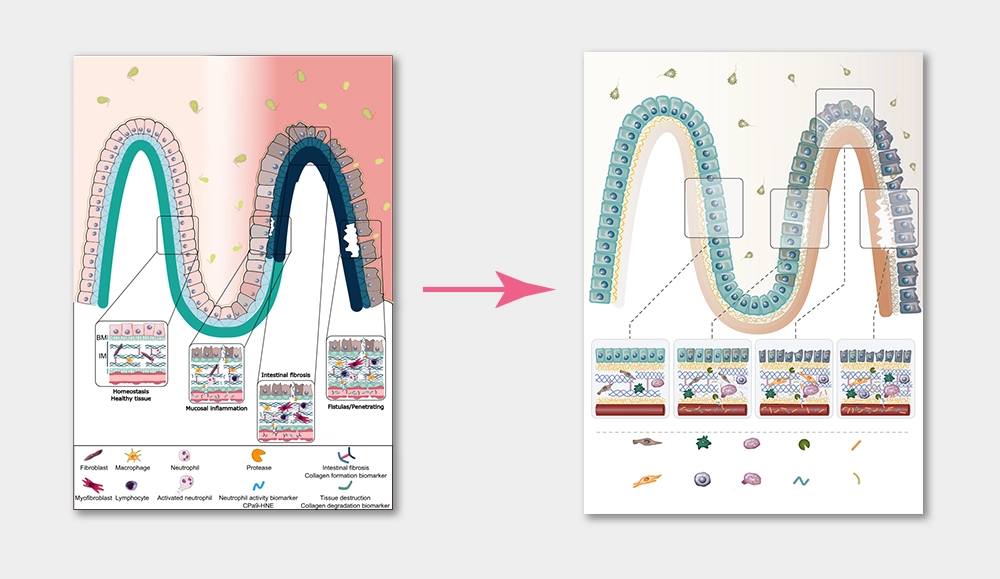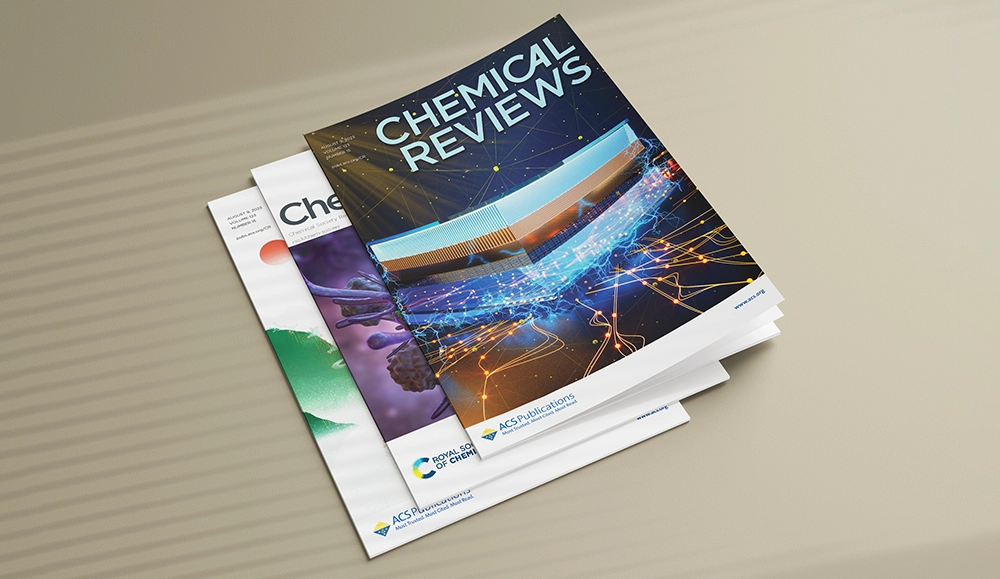What is a review article?
Review articles or literature reviews, are summaries and analyses of existing literature on a specific topic or research question. They provide a comprehensive overview of knowledge in a particular field by synthesizing and evaluating multiple studies and sources. Review articles advance research and scholarship by synthesizing existing knowledge, identifying research gaps, and providing valuable insights and perspectives on a given topic. Review articles can be valuable resources for researchers and students looking to understand the background and context of a subject area, as they often offer insights, interpretations, and critical discussions based on the existing body of literature. Figures for review articles play a crucial role by visually conveying information, summarizing key points, enhancing clarity, facilitating comparison, and increasing reader engagement.
Effective figures for review articles
Creating effective figures for review articles is a challenging task. You need to consider many factors, including:
1) Goal setting
Before you start creating your figure, you should be aware of what you seek to convey and how it links to your primary text. Do you wish to describe a process, compare data, demonstrate a change, or develop a relationship? Your goal will determine the kind and style of your graph.
2) Design simplification
An excellent figure should be simple to read and understand. You should adhere to the journal standards and formatting requirements for your figure type and size. You should also avoid filling your figure with unnecessary data, text, or features that detract from the core idea.
3) Using appropriate colors and fonts
Colors may assist you in highlighting essential data or relationships in the figures. Choose readable, consistent, and professional fonts for the figures. Avoid saturated colors and unusual fonts.
4) Modifying and revising the figures
Making a nice figure requires time and work. You should review your design several times to find the flaws, inconsistencies, or ambiguities. You can also seek input from others.

5) Using suitable scales and units
Keep your figure accessible and understandable by utilizing data-appropriate scales and units. Never employ too many scales or units, which may confuse the viewer or make your figure appear crowded.
6) Using suitable labels
Label your axes, legends, symbols, and text properly and regularly. Use standard and familiar to audience acronyms and terminology.
7) Using suitable backgrounds and borders
Depending on the kind and purpose of your data, select plain, minimalist, and translucent backdrops and borders. Avoid utilizing backdrops or borders that detract from the primary feature of your figure or make it appear cluttered.
8) Redesigning figures
Considering that most of the figures in review articles are taken from other articles, all the figures should be professionally redesigned, and consistent colors and symbols should be used throughout the figures. Redesigning the figures helps make the review article look more uniform and professional.
How to order figures for review articles?
Unfortunately, most researchers lack expertise in design. In this regard, collaborating researchers and designers can facilitate the process of effective figures for review articles and books. In order to make scientific figures and use them in review, you can send your request directly to Inmywork studio services.
Recent Journal Cover Designs














Leave a Reply